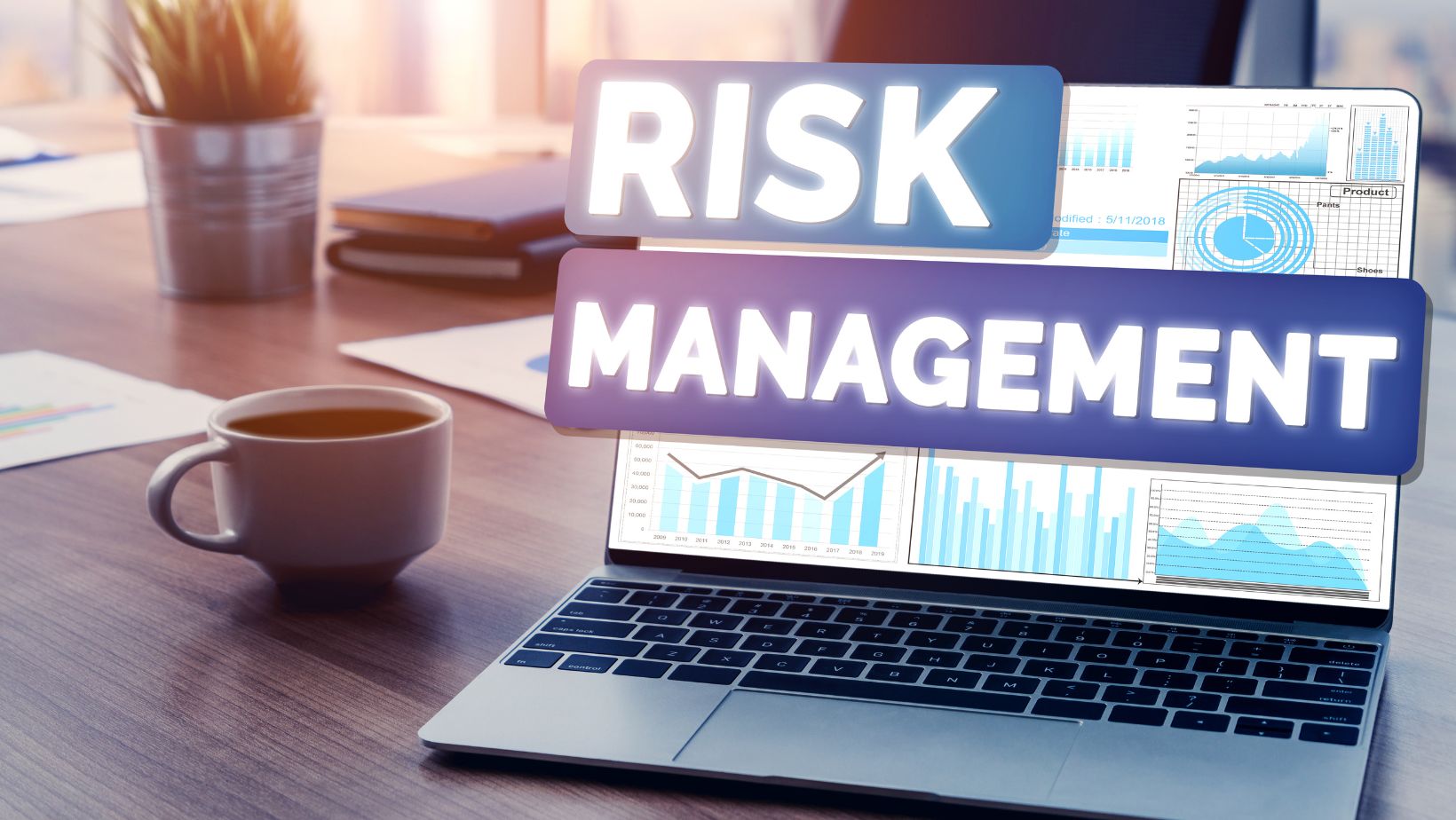
In the realm of managing risks in business settings, it is crucial to have a solid grasp of compliance regulations and guidelines that companies must follow at all times to avoid potential pitfalls and legal issues that may arise along the way. One valuable asset that comes into play here is a learning management system (LMS), which facilitates compliance training within organizations by providing a structured platform to educate employees on regulatory requirements and best practices.
Exploring the Intricacies of Following Rules in Risk Management
Adherence to laws and regulations is crucial for organizations in the realm of risk management to avoid outcomes such as fines, legal repercussions, and harm to their reputation. Professionals in risk management understand the significance of keeping up with changes in regulations and laws. By using tools such as an LMS for compliance, they can make sure that all staff members are informed and ready to handle tasks related to compliance.
The Importance of Learning Management Systems in Ensuring Compliance
An educational platform known as a Learning Management System acts as a hub for providing training programs to users from different locations and time zones. It helps create and share compliance training content while keeping track of the progress made by employees. Workers can conveniently access training materials whenever they need to learn skills or stay current on industry standards. Regular content updates ensure that employees are informed about the updates and best practices. Furthermore, LMS platforms often include tools for assessments that assist organizations in gauging how well employees grasp compliance guidelines and standards.
Advantages of Utilizing LMS for Regulatory Compliance
Setting up a Learning Management System (LMS) for compliance brings benefits. To begin with, it boosts the effectiveness of training sessions. Conventional training approaches usually demand resources and time investment. An LMS simplifies this procedure by cutting down on the necessity for resources and face-to-face meetings. Moreover, it guarantees uniformity in training provision throughout the company, ensuring that all staff members are equipped with information.

Additionally, an LMS enhances tracking and reporting functionalities. Automated monitoring tools allow companies to easily oversee employees’ advancements and completion statuses. In-depth reports offer information on training requirements. This analytical method helps detect compliance discrepancies and allows for actions to rectify them.
Boosting Employee Involvement
Getting employees involved in compliance training can pose a challenge at times. Using a Learning Management System (LMS) can turn training sessions into captivating experiences instead. Numerous platforms come equipped with features, like gamification, that bring elements resembling games to the training process. This method boosts employee engagement by introducing elements of competition and rewards to make the learning process more fun and exciting.
Quizzes, videos, and interactive tools play a role in boosting engagement levels as they prompt employees to participate in the learning process and improve information retention rates. When training sessions are interesting and interactive, employees tend to grasp concepts and adhere to regulations more willingly, resulting in decreased risks for the company.
Ensuring Reliable Adherence to Regulations
It’s crucial to maintain consistency in compliance training for risk management purposes because inconsistencies in how training is provided can result in confusion and non-compliance issues. Using an LMS guarantees that every employee undergoes the training program irrespective of their location within the company. This uniformity plays a crucial role in reducing the likelihood of mistakes and ensures that everyone is aligned and informed equally.
Furthermore, a learning management system (LMS) facilitates the updating of training materials. Regulatory environments are continuously changing, requiring organizations to stay current with these developments.

With the assistance of an LMS, updates can be swiftly implemented to ensure that employees consistently have access to up-to-date knowledge.
Fostering an Environment of Ongoing Enhancement
Continuous practice enhancement is crucial for managing risks in any organization. Employees should perceive compliance training as a journey rather than a singular occurrence, with the aid of a Learning Management System fostering an environment of perpetual learning.
Through updated training courses, employees stay updated with regulations and industry standards. Organizations utilize LMS data to spot trends and areas that need enhancement, encouraging employee involvement in compliance initiatives.
Summary
Compliance plays a role in risk management. It should not be underestimated in its importance for organizations’ operations and success levels. By utilizing a Learning Management System (LMS), companies can simplify compliance training procedures while boosting employee involvement and guaranteeing compliance with regulations. The advantages of incorporating an LMS go beyond meeting compliance requirements; they also foster a culture centered on enhancement and proactive risk mitigation. Implementing an LMS for compliance provides businesses with the resources to navigate the regulatory environment securely.







